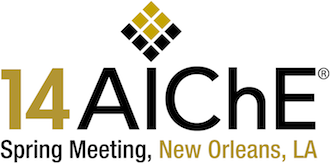

Treated industrial wastewater is increasingly being used for process and cooling water makeup, landscaping and agricultural irrigation, and aquifer recharge. Facilities that source their process water from seawater or brackish / saline reservoirs often employ Reverse Osmosis (RO) membrane desalination equipment that historically have not been very efficient at removing neutral species like boric acid at typical seawater pH. Usually present in seawater from 4 to 6 mg/L, boron can be toxic to both plants and humans at low concentrations. Even though a boron concentration less than 0.5 mg/L in nutrient solutions is essential for plant growth, slightly higher levels can prove toxic to sensitive plants. Thus, for an end use application such as “unrestricted irrigation quality,” some jurisdictions require maximum boron levels near 0.5 mg/L. For comparison, the World Health Organization (WHO) Guidelines for Drinking Water Quality have a guideline for boron at 2.4 mg/l.
As competition for water resources increase, industrial uses may not receive a high priority. Some industrial facilities, however, can consider seawater sourcing for process water needs, in addition to treated wastewater reuse applications. In this paper, design considerations for boron removal in desalination water treatment and industrial wastewater treatment plants will be reviewed with respect to reuse applications for the treated effluent. KBR has been assisting clients to maximize the reuse potential of treated wastewater effluent to offset the increasing scarcity of water resources and to comply with the more stringent standards for reuse. The first part of this paper examines current regulation of boron in the water environment. In the second part, applications of boron removal by RO and other technologies are presented in relation to overall water treatment and wastewater treatment system design. Opportunities for optimizing boron removal processes are highlighted.
